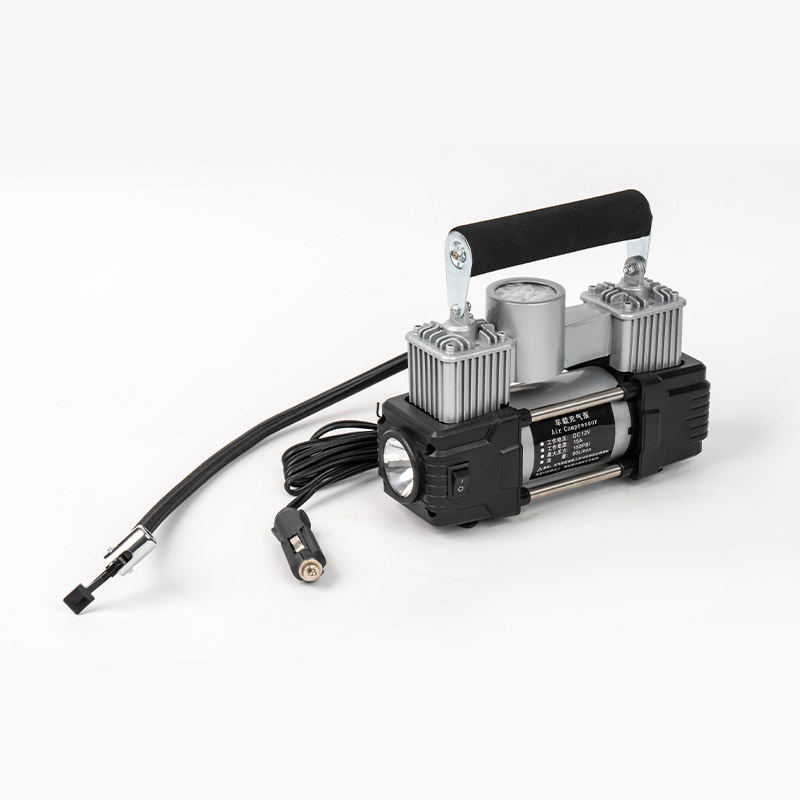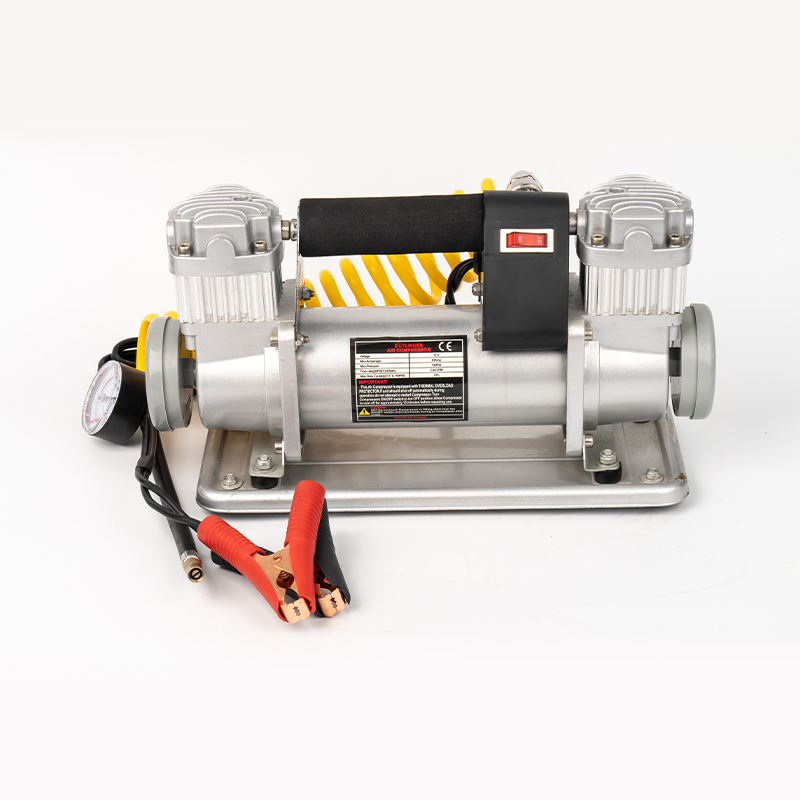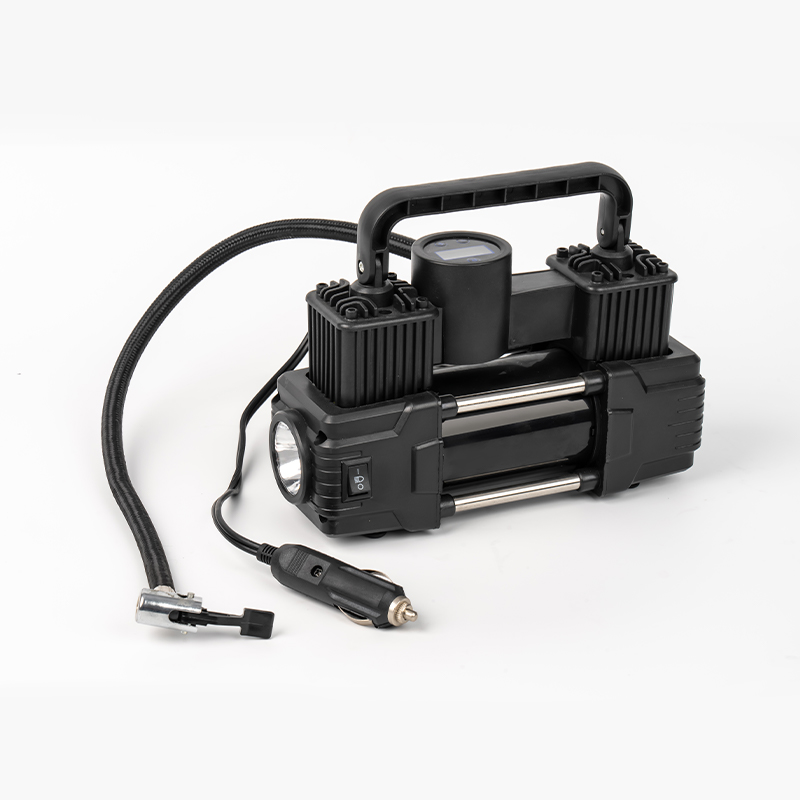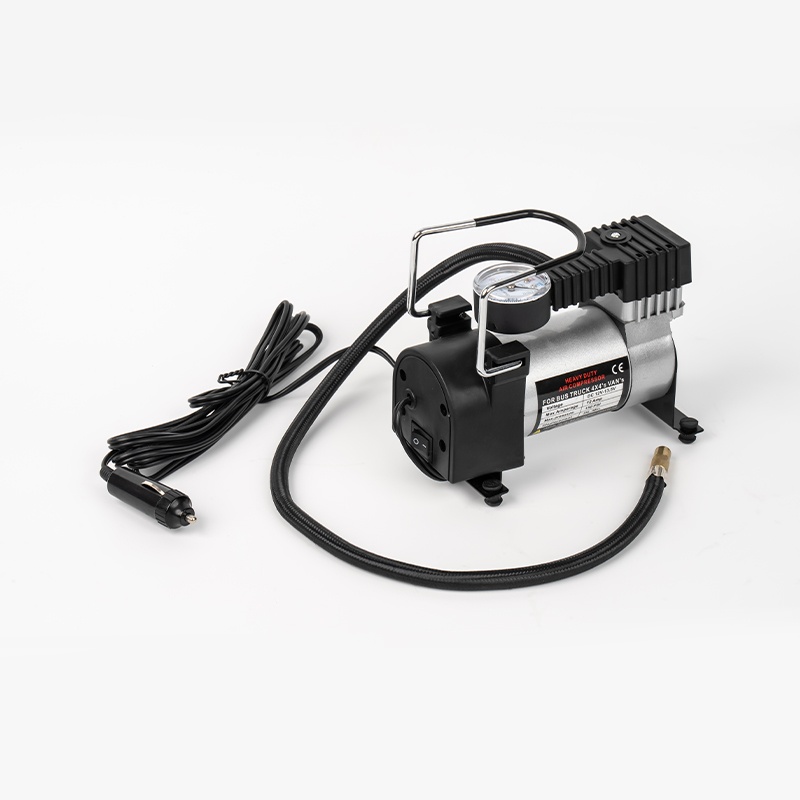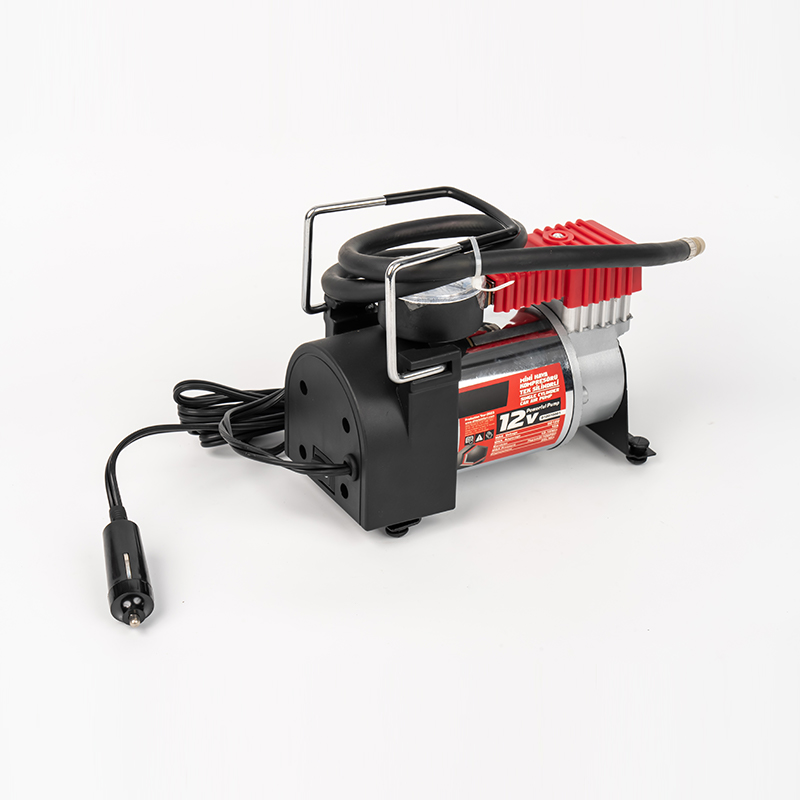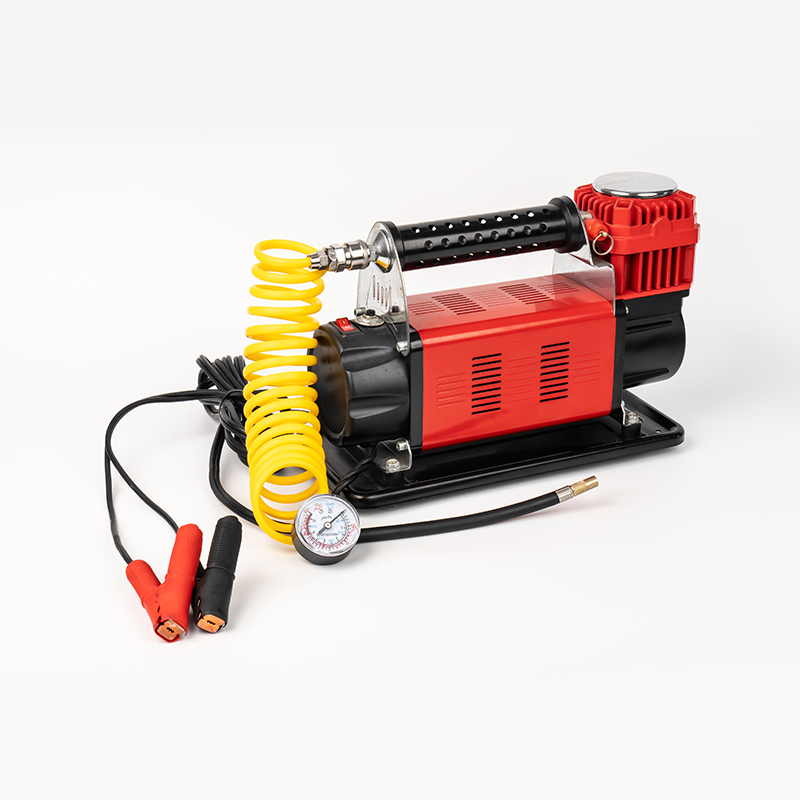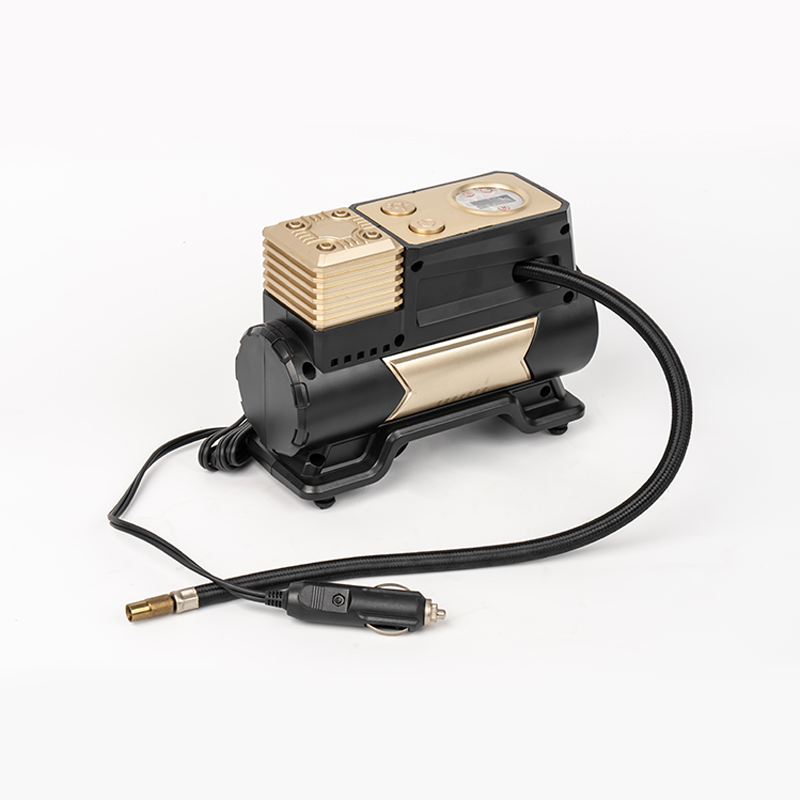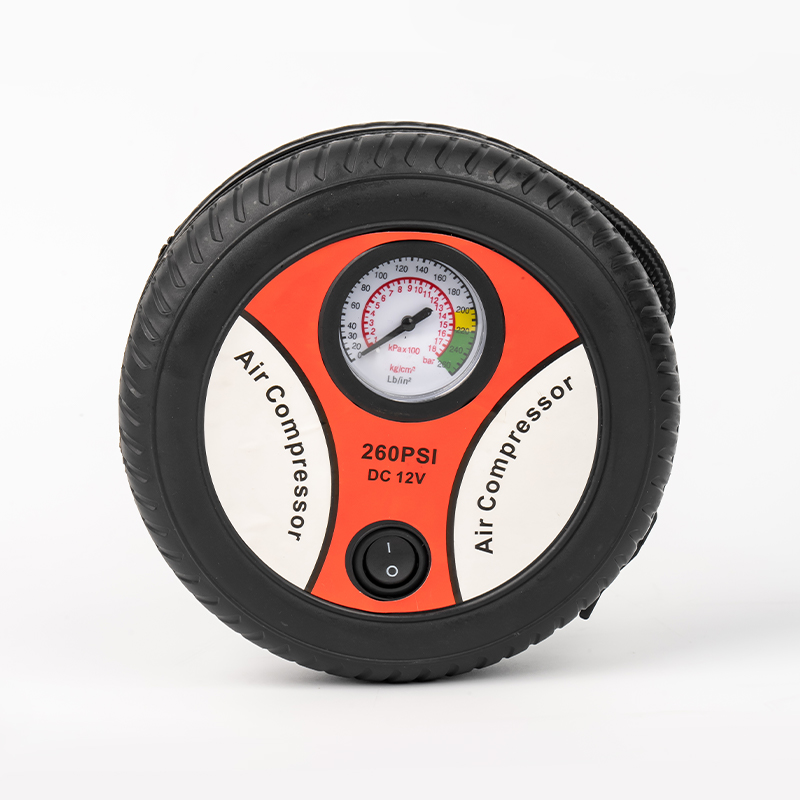As road trips surge in popularity, drivers are increasingly scrutinizing their emergency gear. Among the debated items is the portable automotive tire inflator—a compact device designed to address tire pressure issues on the go.
The Hidden Danger of Tire Neglect
The U.S. National Highway Traffic Safety Administration (NHTSA) reports that underinflated tires contribute to 11% of crash-related injuries annually. Even minor deviations from recommended pressure levels reduce fuel efficiency by 3% and accelerate tire wear by 8–10%. While gas station air pumps offer a quick fix, their average ±3 psi margin of error often fails to meet precision standards. Modern automotive tire inflators, however, boast ±1 psi accuracy with integrated digital gauges, ensuring optimal tire health.
Tech Advancements Redefine Utility
Gone are the days of clunky, unreliable pumps. The latest automotive tire inflators merge portability with industrial-grade performance:
Speed: Dual-piston motors can inflate a standard sedan tire in under 4 minutes (35+ liters per minute).
Durability: Aerospace-grade aluminum alloy bodies with IP67 waterproof ratings withstand harsh environments.
Smart Features: Auto-shutoff at preset pressures, USB-C charging ports, and compatibility with tire sealants.
The 2023 AAA Emergency Roadside Survey underscores this evolution: 89% of drivers who carried inflators resolved minor tire issues without towing.
Real-World Applications for Travelers
Altitude Adjustments: Tire pressure fluctuates by ~1 psi per 1,000 feet elevation gain. Portable inflators enable real-time corrections during mountain drives.
Puncture Management: When paired with sealants, these devices can temporarily repair small leaks (though permanent fixes remain essential).
Multi-Vehicle Use: Universal nozzles adapt to bicycles, SUVs, and even inflatable camping gear.
Avoids 50–150 tow fees per incident
Reduces annual fuel costs by $100+ (per EPA tire efficiency data)
Eliminates 15–20 charges for dealership pressure checks
Portable inflators are no longer optional,They’re preventive maintenance tools. Properly inflated tires improve handling, braking, and load capacity—critical factors for highway safety."
Choosing the Right Model
Key features to prioritize:
Power Source: Lithium-ion batteries (20+ minutes runtime) for cordless convenience
Pressure Range: Minimum 150 psi capability for heavy-duty tires
Safety Certifications: Look for ETL or CE marks for electrical safety
From preventing blowouts on interstate highways to enabling off-grid adventures, a portable automotive tire inflator proves its worth as a non-negotiable travel essential. For drivers venturing beyond urban areas—or anyone prioritizing safety and self-reliance—this compact device delivers outsized peace of mind.

 English
English Español
Español عربى
عربى Türk
Türk
